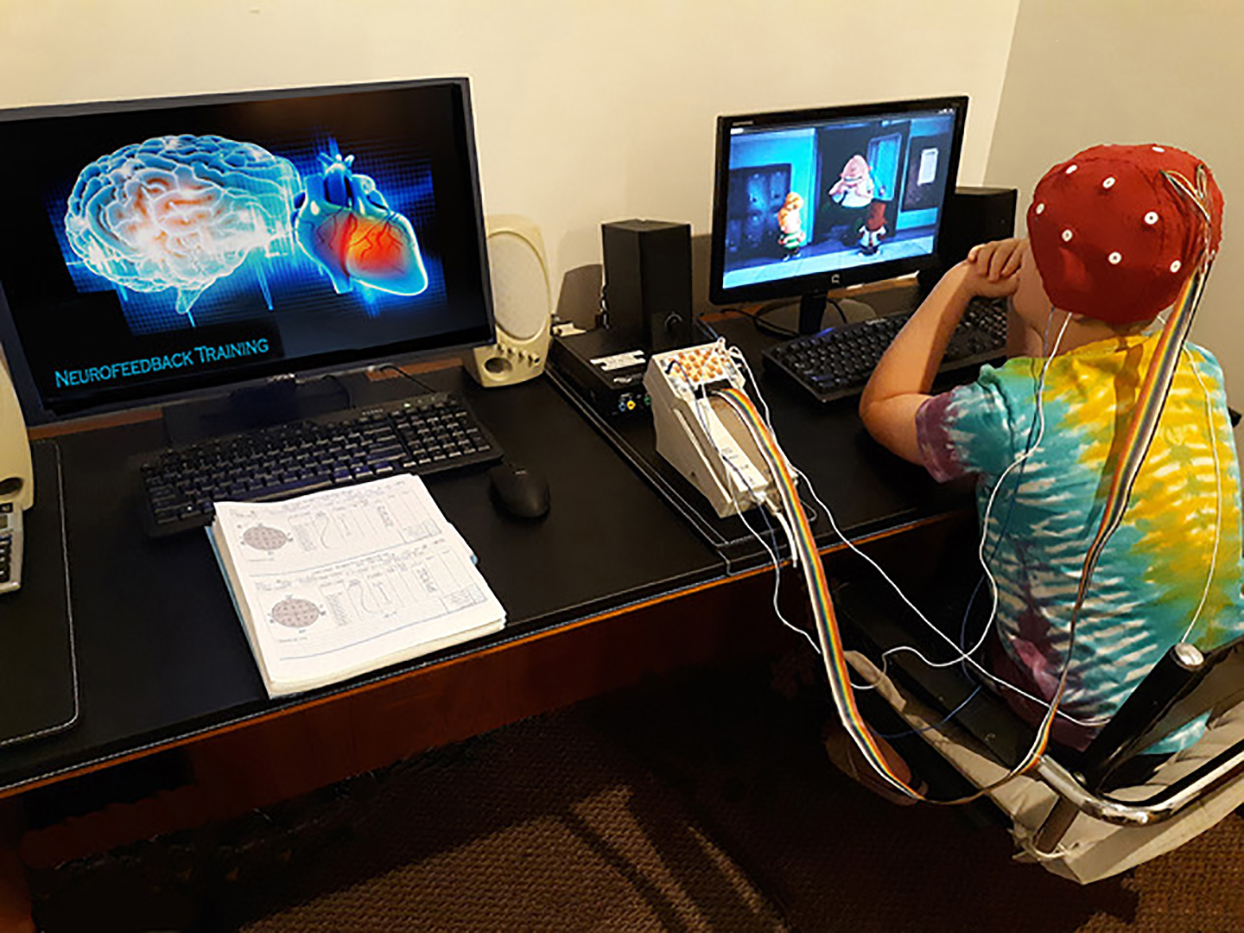
- Vertigo treatment at home how to#
- Vertigo treatment at home skin#
- Vertigo treatment at home professional#
The distinction between peripheral and central vertigo usually can be made clinically and guides management decisions. Less common causes include vertebrobasilar ischemia and retrocochlear tumors. The most common causes of this condition are benign paroxysmal positional vertigo, acute vestibular neuronitis or labyrinthitis, Ménière’s disease, migraine, and anxiety disorders.

As patients age, vertigo becomes an increasingly common presenting complaint.
Vertigo treatment at home skin#
“Then I thought to myself, ‘There’s more than one way to skin a cat.Vertigo is the illusion of motion, usually rotational motion. “I was starting to get very sick,” said Foster. The particles moved out of her ear canals and then slipped right back into the horizontal canal.
Vertigo treatment at home professional#
In her bedroom, Foster did a maneuver on herself that she had often done on patients called the ‘Epley’ – a series of body and head maneuvers used to treat BPPV – usually done by a medical professional treating a patient. “I was a trained scientist running across a rare specimen, and the specimen was me.” “I had already spent so many years having vertigo, so it had become a science experiment,” she said. While the room spun around her, and she became increasingly sicker, she considered to her options. Carol, whose practice included patients with exactly the problem she was experiencing, knew this was a bout of BPPV in her healthy ear, the one not affected by Meniere’s Disease. It’s called the ‘Half-Somersault Maneuver.’ That morning in her bedroom, Dr.
Vertigo treatment at home how to#
One morning, in treating herself, she came up with her own ‘spin’ on how to fix vertigo at home. The symptoms of BPPV can be relieved by maneuvers that relocate the particles.

It can make people have falls, they can be completely unable to go to work because they’re so dizzy, or they can be vomiting – so vertigo is very, very unpleasant. Unlike Meniere’s Disease, where the cause is often unknown, BPPV is caused by gravity-sensing particles in the ear accidentally entering the spinning-motion sensors of the ear. Millions of people in the US can expect to have benign paroxysmal positional vertigo (BPPV), especially as they age. Today, Foster is director of the Balance Laboratory at the CU School of Medicine.īPPV: Benign Paroxysmal Positional Vertigo What it meant was returning to school with a National Institutes of Health fellowship in neuro-otology at the University of California, Los Angeles Medical Center. “I would make it my mission to destroy something that was worth working on.” “I decided that my problem was a worthy foe,” the young doctor stated. She knew instinctively this vertigo was something she might be able to fix herself, and she was challenged to overcome it. With the insight of a physician and research scientist, she understood immediately that this time her vertigo was not triggered by Meniere’s Disease, but by something very different. “I have to go in because other sick people were waiting for me,” she said. Her bouts of vertigo stopped immediately.īut one morning years later, she rolled over in bed and again felt the room start to spin and that first accompanying wave of nausea. She had surgery to cut the nerve to the ear that was triggering the disease.


Back then Foster had Meniere’s Disease, a disorder of the inner ear that causes repeated bouts of vertigo that can last for hours or days.


 0 kommentar(er)
0 kommentar(er)
